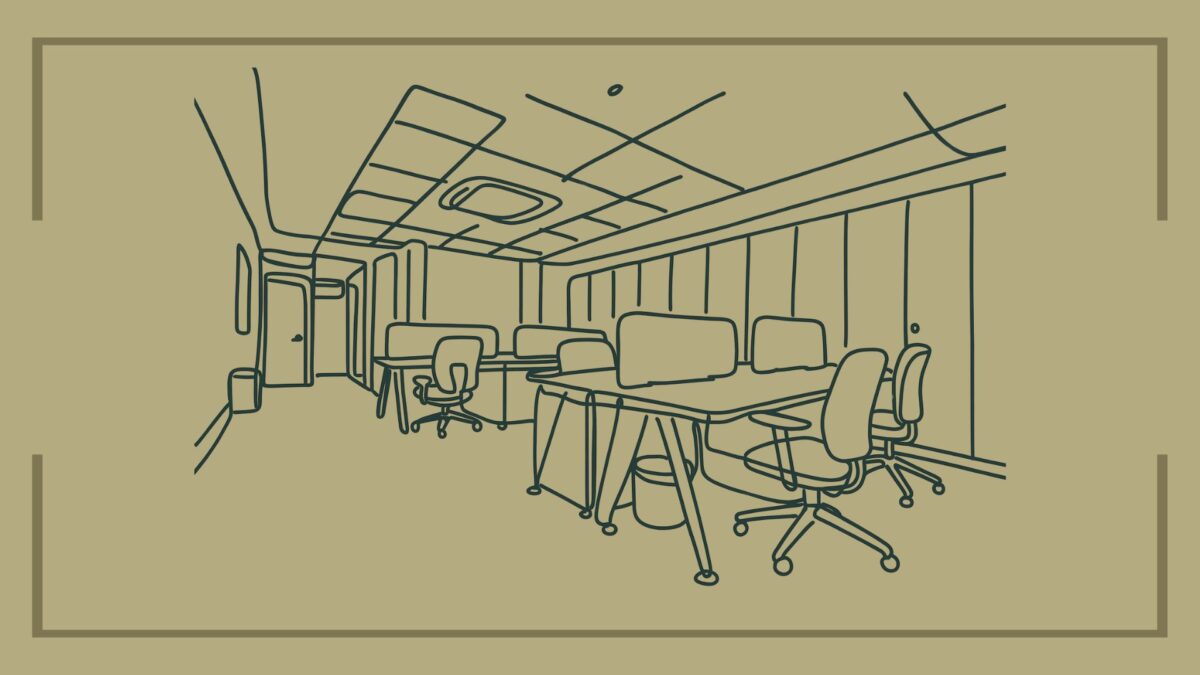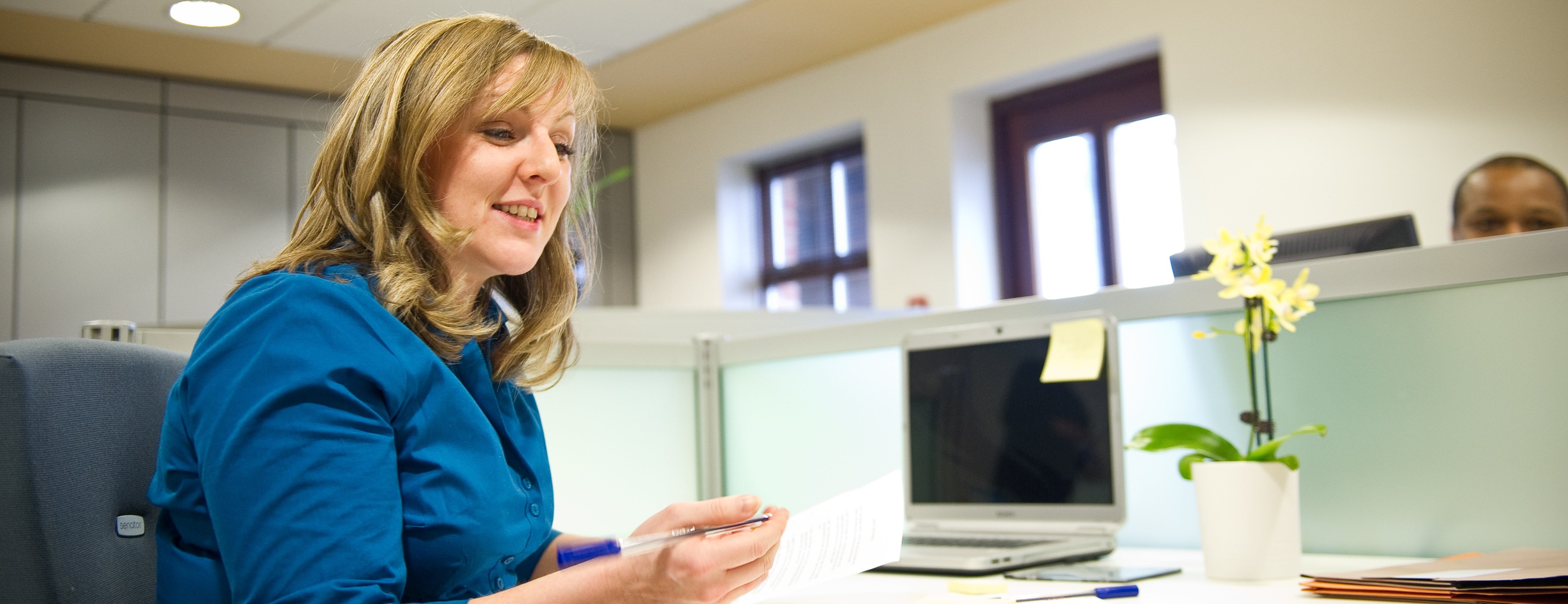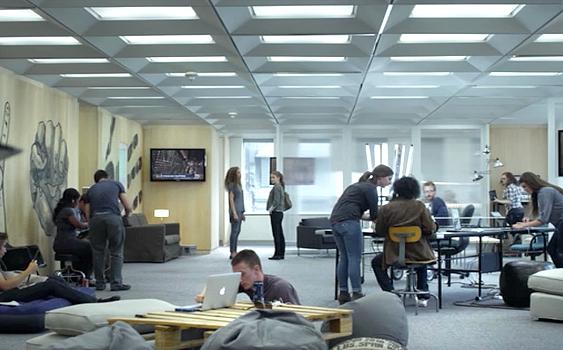9 New Years Resolutions for your Small Business
New Years resolutions are often made without much thought and are then forgotten about come February. Don’t fall into this trap in 2025.
The new year is a great time for a fresh start, to look back over what did and didn’t work in the previous year, what mistakes were made, and what successes you had. Running a business requires constant review and goal setting, so be inspired by reading our guide on creating a New Year’s Resolution for Small Businesses to help you have a prosperous 2015 with a successful small business.
1. Delegate your workload
Just because it is your business doesn’t mean you have to do everything yourself. There are only so many hours in the day, so delegate some of your smaller jobs to another member of staff or consider getting a virtual office so your phone calls can be answered and a message passed on to you.
2. Promote your business regularly and consistently
You can’t expect new customers to hear about your business if you don’t promote your services consistently. What’s more, it doesn’t have to cost the earth. Writing a weekly blog advising your customers is a great and free way (apart from time) to get your voice heard by potential customers.
3. Join a Networking Group
Networking is a great way to find new customers, get great advice from fellow business owners and also a way to get out of the office. We regularly hold networking events in Leeds here at Carrwood Park.
4. Set realistic goals
Goals are an extremely important way to keep your business on track, but don’t be too ambitious or your goals will feel out of reach and easily get cast away. Start small, and once you have reached your goals, you can be more ambitious with the next.
5. Review and improve goals regularly
Making your initial goals is one thing, but you don’t know if they are working unless you review them regularly. If they are not going as you expected, don’t be afraid to make adjustments.
6. Outsource jobs that are taking up your valuable time
As mentioned above, you don’t have to do all the work yourself. But if you don’t have any staff that you can delegate jobs to, then outsourcing may be more feasible for you. If you have an office in your home, you could consider moving into a co-working space where all the maintenance of your desk area is done for you, allowing you to get on with your work.
7. Set up a content Marketing Plan
Consumers are getting savvy about regular marketing techniques. Instead of telling a customer why your product is great, try creating content that makes them realise this on their own. Become an expert in your field and let them learn to trust your brand. They will come to you for your services when they are ready. Take a look at http://contentmarketinginstitute.com/blog/ for some great advice on how content marketing can help your business.
8. Show customer appreciation
We all like to feel appreciated, your customers are no different. Don’t become like one of the many corporations that refers to their customers as a number on a spreadsheet. Get to know your customers, talk to them and get their feedback. This way you can avoid complaints and improve your services, you will gain fans rather than unloyal customers.
9. Continue to improve and learn new Business skills
You can always be better at something. Whether you learn more about accounting so your year-end makes more sense, or you improve your marketing skills so you can discuss your advertising more effectively. Just because you learn a new skill doesn’t mean you have to do the work yourself. Having an understanding of something will help you discuss better with your employees and will give you a deeper understanding of what they are saying to you.
Whatever you decide to have as your New Year’s Resolution for your Small Business. Ensure to keep reviewing it and working on it throughout the year. Set a reminder on your phone or email to review your progress at least once a month to ensure you are on track.
From everyone at WorkWell, we would like to wish you a successful 2025!









